

Jessa Rizzo, August 4, 2023
A look at a very rare instance of a six-rayed star in aquamarine.
Read More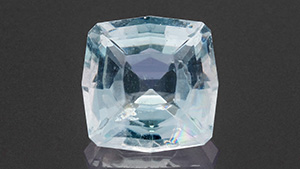
Michaela Damba, August 4, 2023
The Carlsbad laboratory receives a very rare and fragile 3.09 ct brucite.
Read More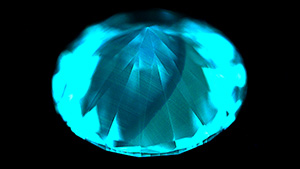
Manisha Bhoir and Shoko Odake, August 4, 2023
Examination of a natural diamond reveals graining and zoning that resemble those of a laboratory-grown CVD diamond.
Read More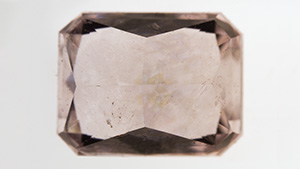
Shiva Sohrabi, Mei Yan Lai, and Sally Eaton-Magaña, August 4, 2023
Unusual natural pink diamonds displaying faint yellow color zoning and strong yellow fluorescence are studied in the Carlsbad laboratory.
Read More
Tsz Ying Fong, August 4, 2023
A brownish yellow cabochon submitted as cat’s-eye chrysoberyl is identified as artificial glass.
Read More
Ka Wing Tam and Terry “Ping Yu” Poon, August 4, 2023
A look at a 34.59 ct CVD-grown diamond examined at GIA’s Hong Kong laboratory.
Read More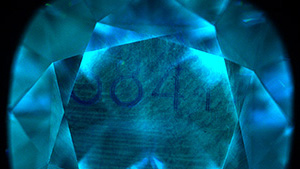
Shoko Odake and Priyanka Kadam, August 4, 2023
A new type of invisible marking in CVD diamonds suggests a possible security measure.
Read More
Nishka Vaz, Rajesh Patel, and Abeer Al-Alawi, August 4, 2023
Two pearls representing Indian deities were recently examined in the Mumbai laboratory.
Read More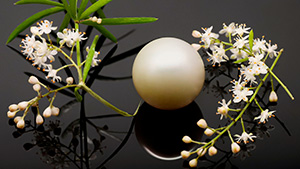
Roxane Bhot Jain, Abeer Al-Alawi, and Chunhui Zhou, August 4, 2023
An exceptionally large South Sea bead cultured pearl is examined at GIA’s Mumbai laboratory.
Read More
Gauri Sarvankar, Abeer Al-Alawi, Karan Rajguru, and Roxane Bhot Jain, August 4, 2023
Analysis of internal structures in non-bead cultured pearls submitted to GIA’s Mumbai laboratory.
Read Morepast gems & gemology issues







